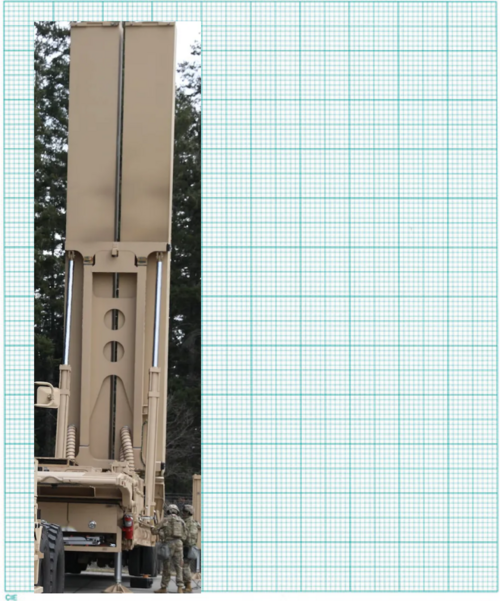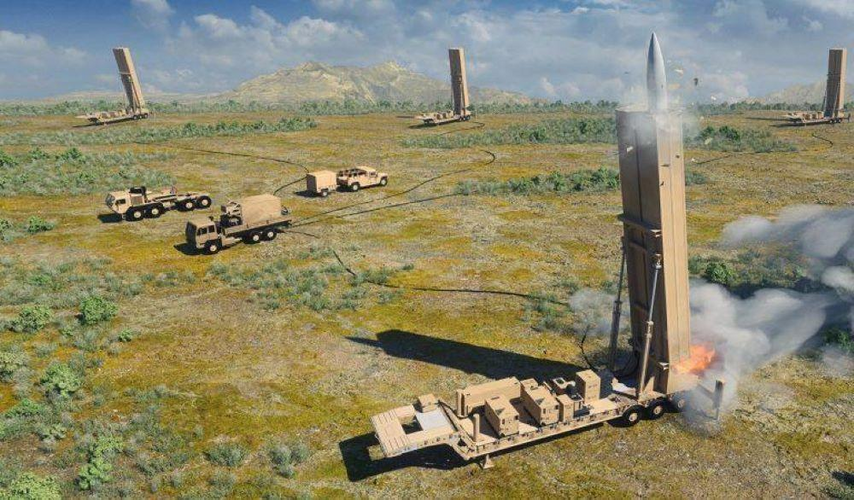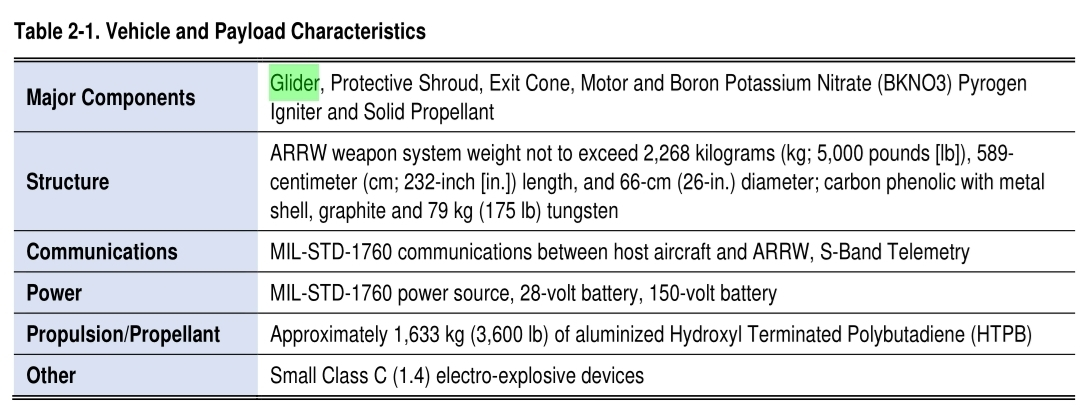Scott Kenny
ACCESS: USAP
- Joined
- 15 May 2023
- Messages
- 11,327
- Reaction score
- 13,808
At 3km/s, whatever solid warhead you have packs its own weight in TNT equivalent due to kinetic energy.Yeah, the payload is anemic. Which is the problem with these HBGVs. What good are they, actually? You're going to spend $15 million for a missile with a 175lb warhead, just because it will take 2 minutes off the fight time? HACM can't be much bigger, as the size/weight constraints limit the payload size that the propellant can adequately propel to the desired velocities. I wouldn't be surprised if HACM's warhead was half the weight of ARRW.
To borrow the quote from Mass Effect: "Sir. Isaac. Newton. Is the deadliest sumbitch in the galaxy!"















